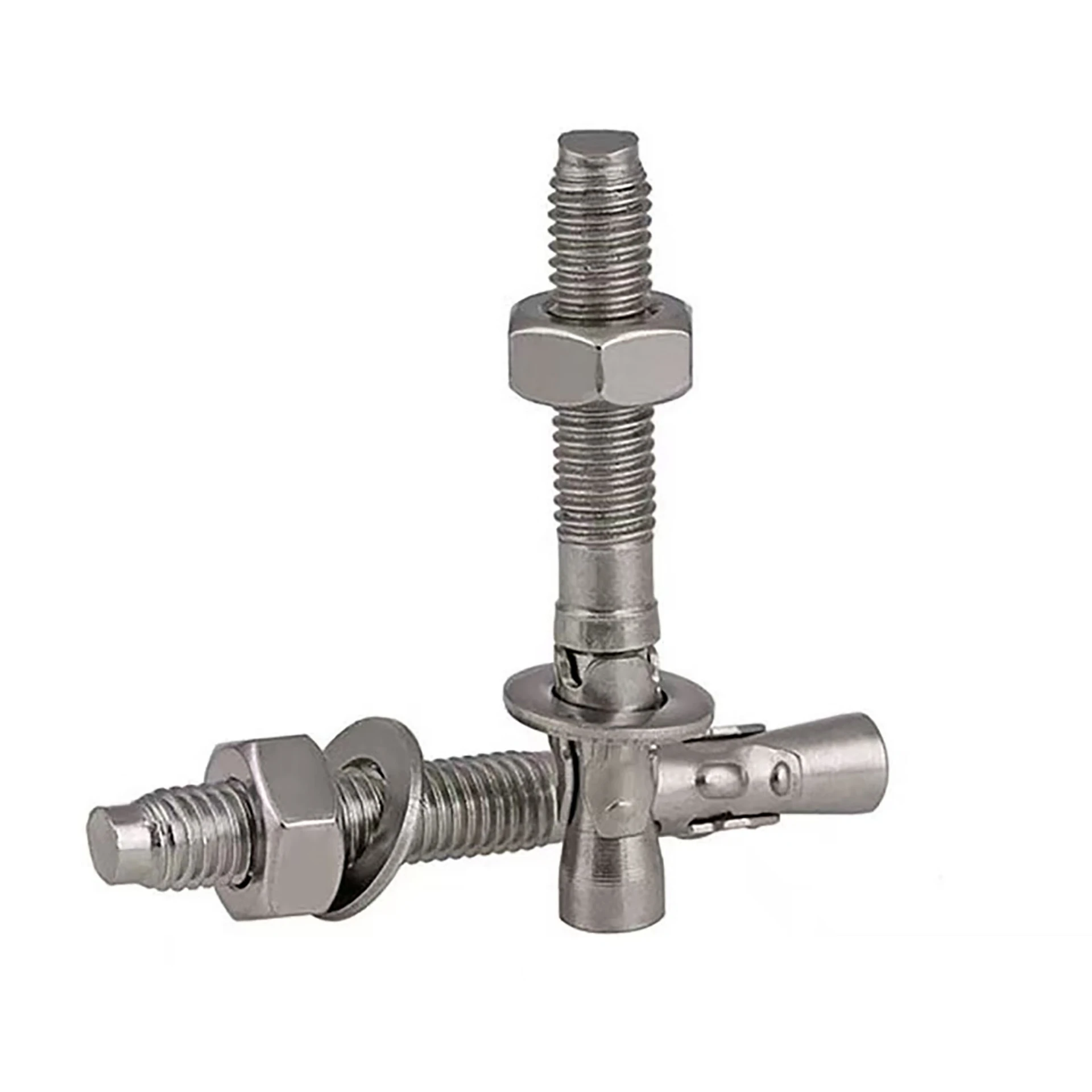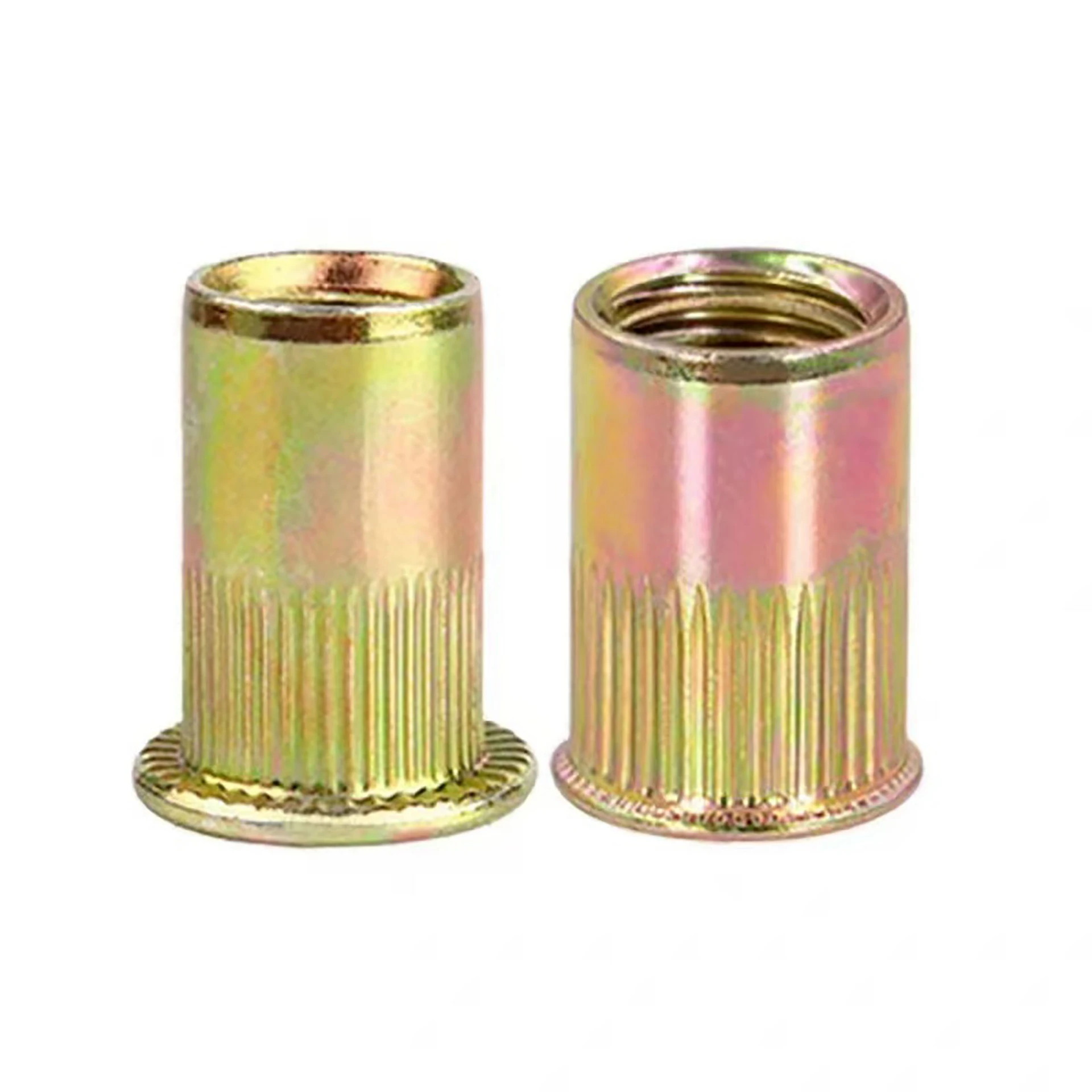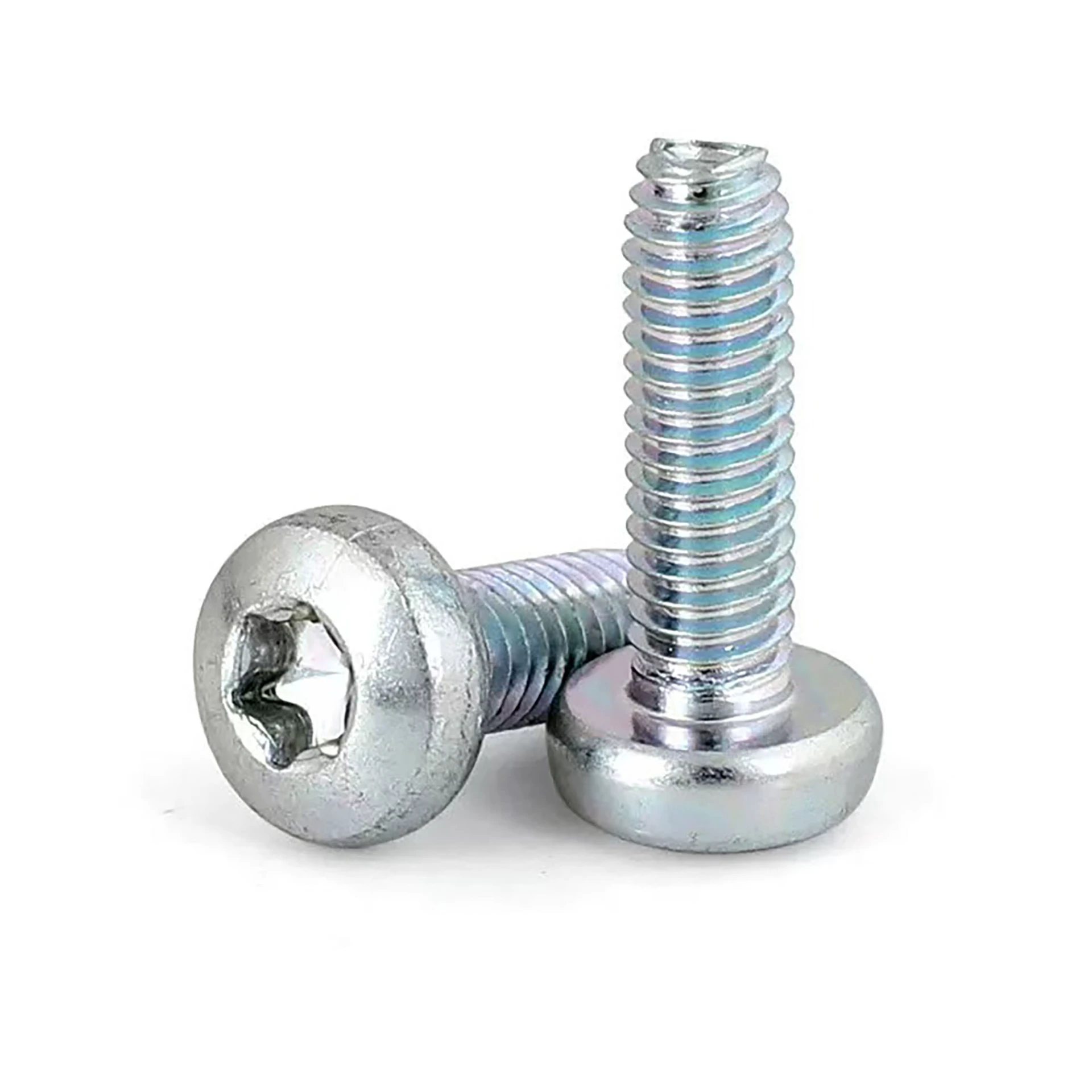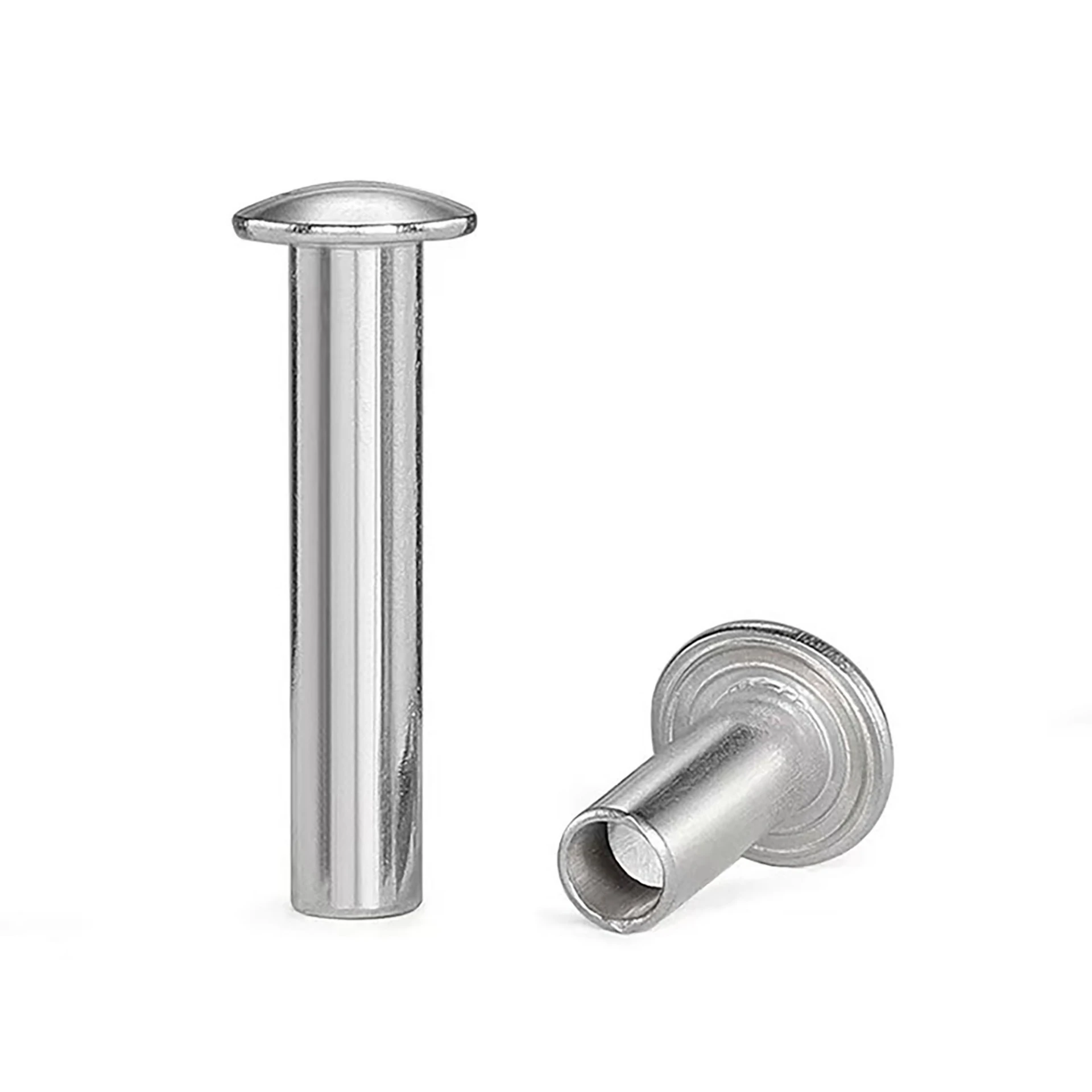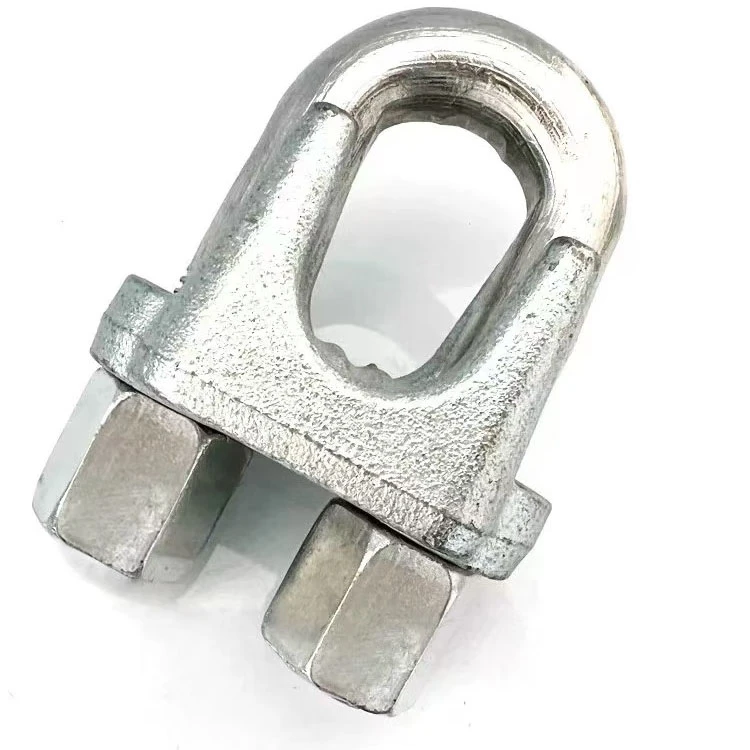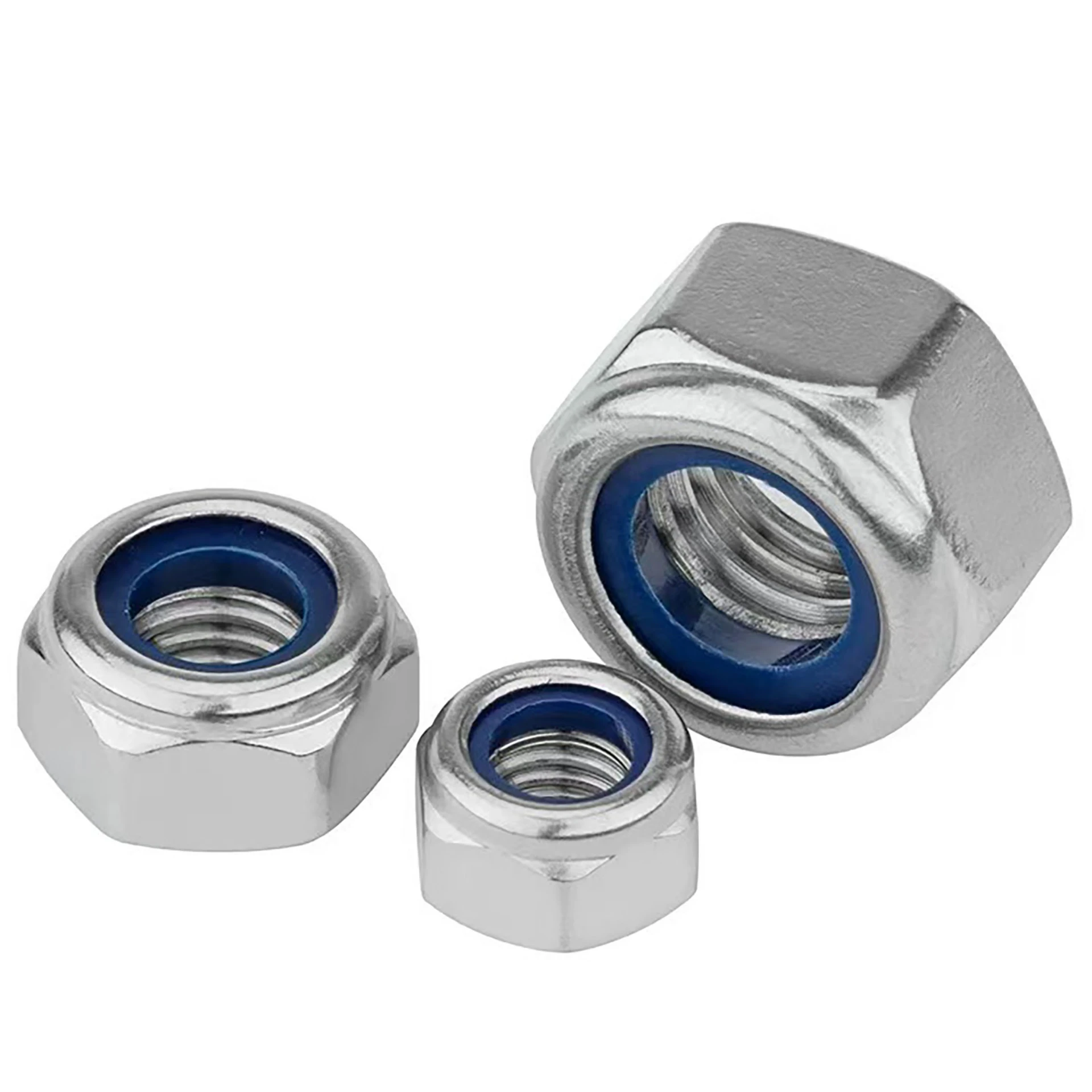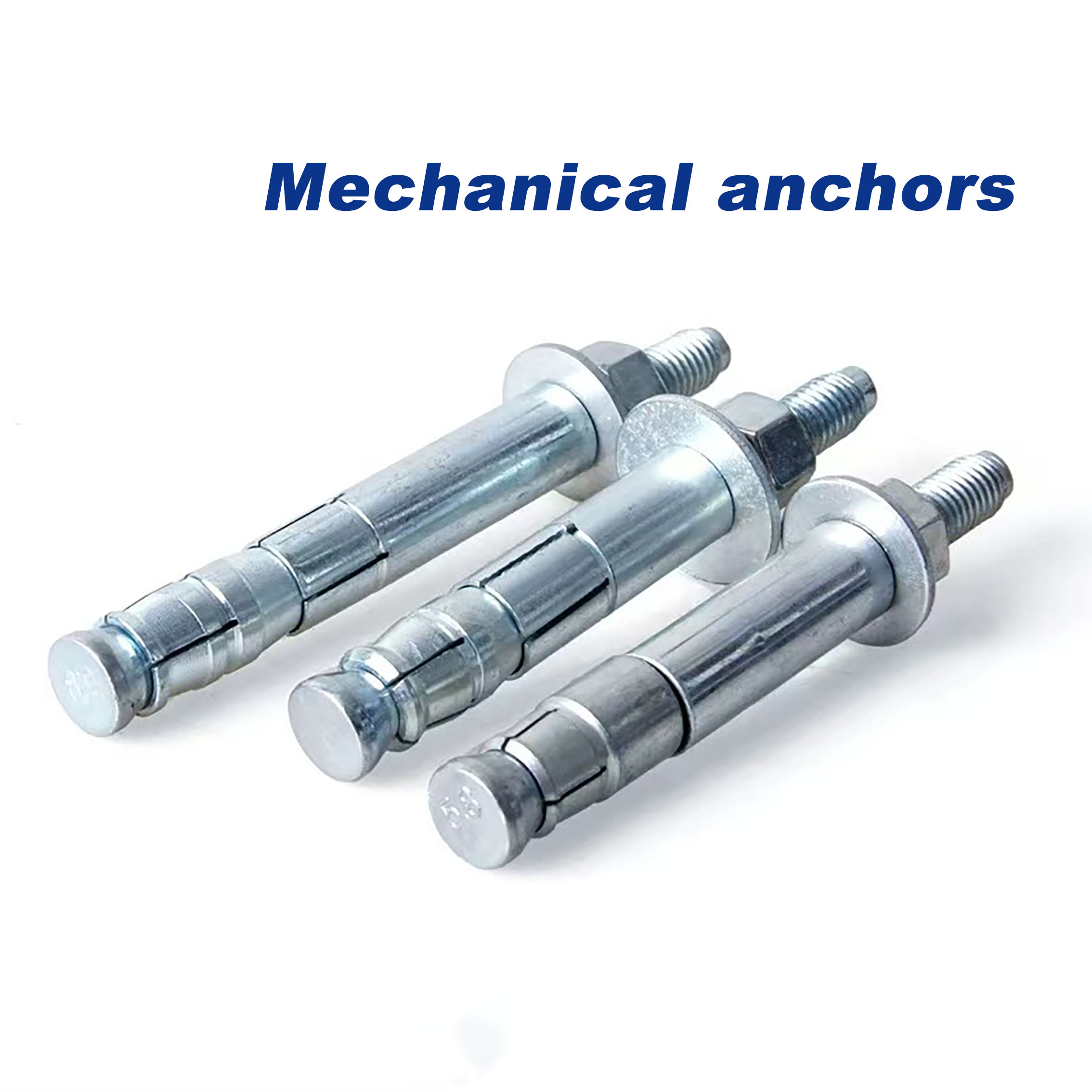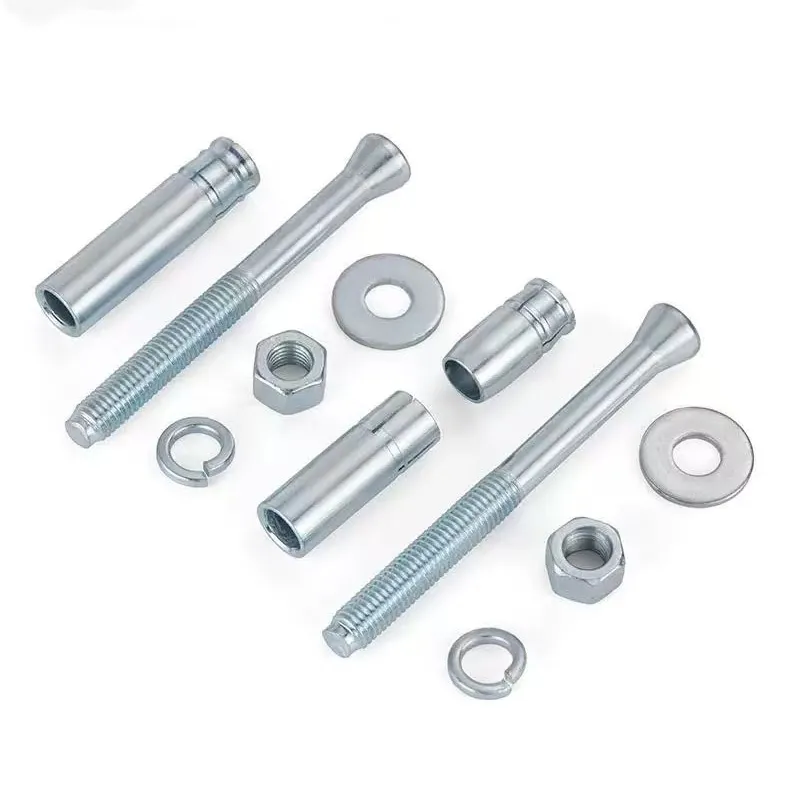All Metal Lock Nut - Vibration-Proof, High-Temp, OEM Quality
A Field Insider’s Take on the All Metal Lock Nut
If you’ve ever chased vibration-related loosening, you know why mechanics keep a stash of All Metal Lock Nut in their top drawer. They bite, they hold, and—unlike nylon—they don’t melt under heat. The ones coming out of Hanguang Industrial Park, Yongnian District, Handan City, Hebei Province, have been turning up more in my notes lately. To be honest, that cluster has become a quiet powerhouse for fasteners.
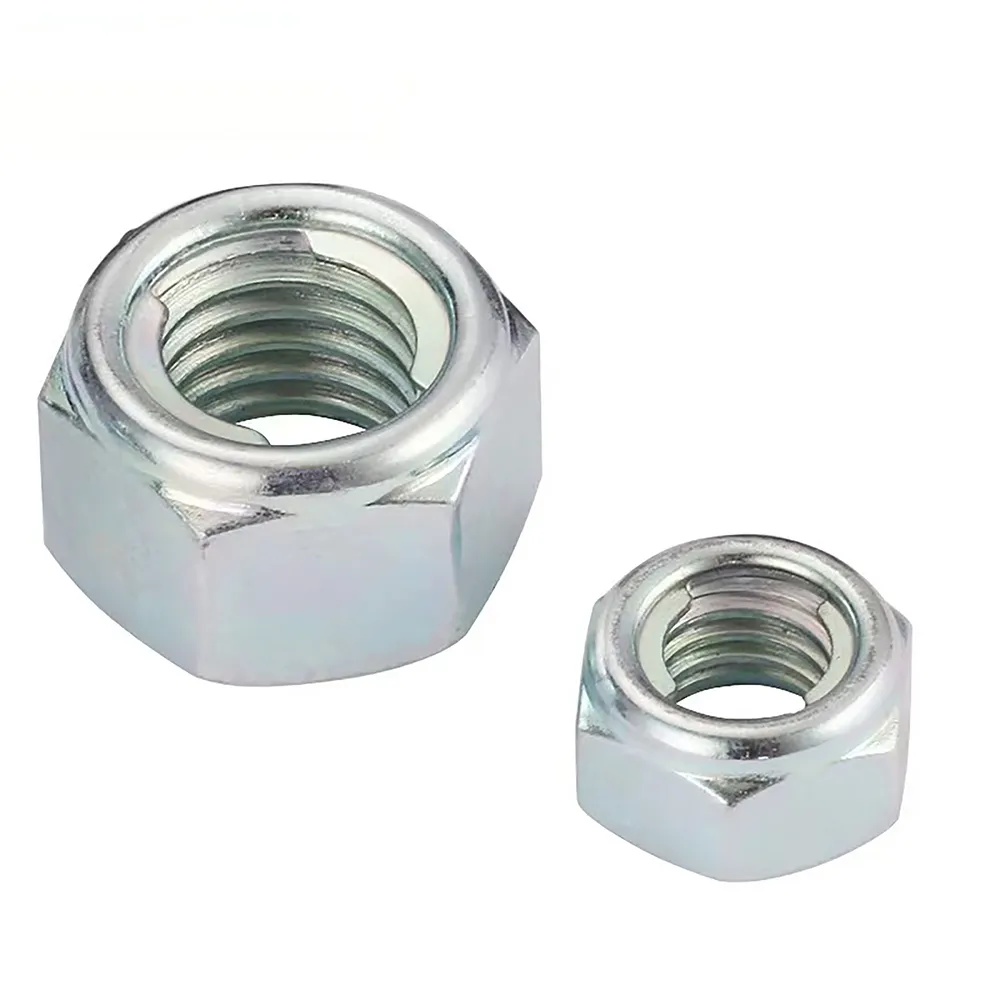
Where they shine (and why industry is shifting)
Key applications? Anywhere reliability under vibration is non‑negotiable: automotive chassis, rail bogies, wind turbine hubs, mining conveyors, petrochemical pumps, and yes, those forklift mast assemblies that rattle your teeth. Many customers say the switch from nylon-insert to All Metal Lock Nut was driven by heat, torque retention over multiple cycles, or simple inventory consolidation across hot and cold zones.
Spec snapshot (real-world use may vary)
| Parameter | Typical Range / Note |
|---|---|
| Sizes | Metric M5–M36; Imperial 1/4"–1-1/4" |
| Thread | ISO 6H / 6g; UNC/UNF per ASME B1.1 |
| Grades | Class 8, 10, 12; ASTM A563 A/C/D; SAE J995 5/8/10 |
| Materials | Alloy steel, 304/316 (A2/A4), 410, Monel (on request) |
| Finishes | Zinc flake, Zn‑Ni, HDG, black oxide, plain |
| Operating temp | ≈ −50°C to +400°C (coating-dependent) |
| Prevailing torque | Per ISO 2320/DIN 267‑15; example M10 Class 10: ≥ ≈12 N·m first off |
| Reuse cycles | Around 5–15 assemblies (design/grade dependent) |

How they’re made (quick process flow)
Materials: low‑alloy boron steel or stainless bar. Methods: cold heading → tapping/roll‑threading → locking feature formation (elliptical crimp, top-lock, or tri-lobular) → heat treatment (quench/temper to ISO 898‑2) → surface finish. Testing: mechanical per SAE J995/ASTM A563; prevailing torque per ISO 2320 (5 cycles); salt spray per ISO 9227 for coatings. Service life: typically 10–20 years in protected assemblies; more in benign environments.
Lab note: a recent M10 Class 10 batch from the Hebei facility held 12–18 N·m first removal torque, retaining ≈70% after five cycles, which is solid for a crimp-style All Metal Lock Nut.
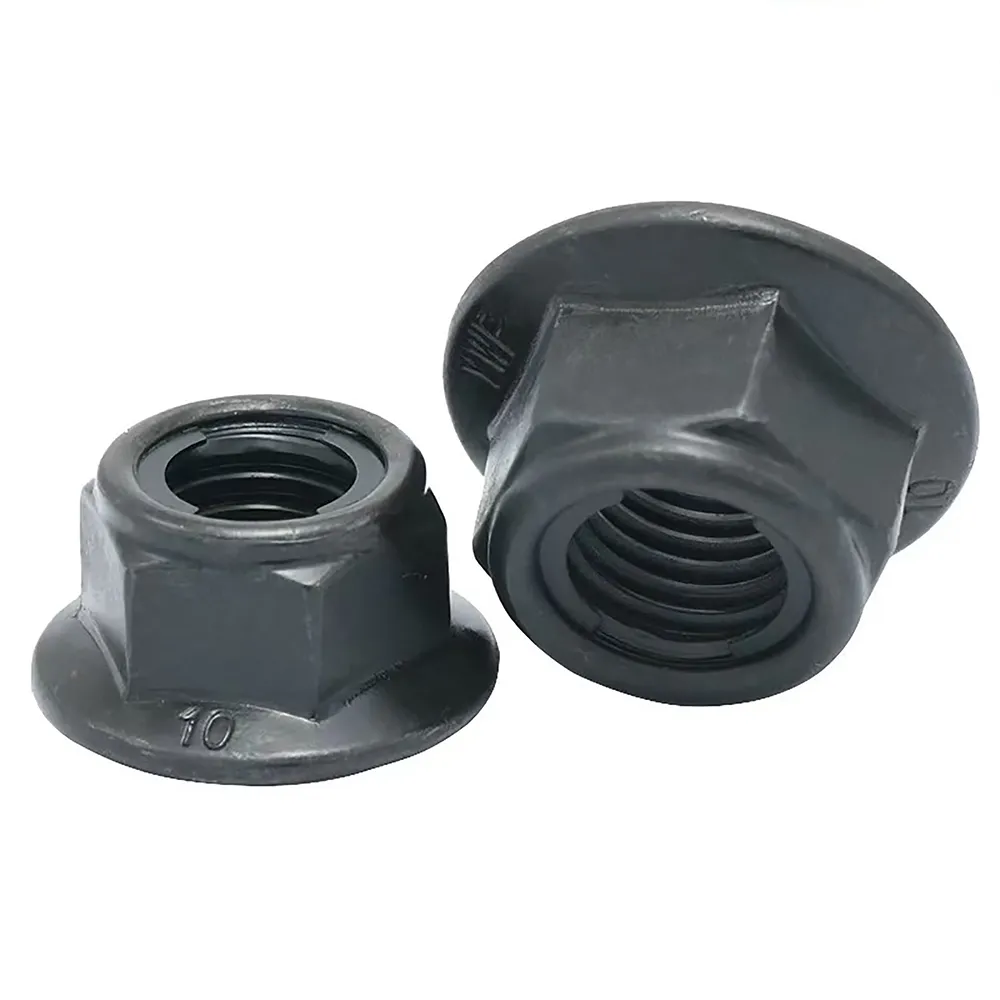
Applications, advantages, and customization
- High vibration zones: rail trucks, crushers, compressors.
- High temperature: exhaust joints, turbines, foundry conveyors.
- Maintenance-lite assemblies: wind towers, offshore skids.
Advantages versus nylon-insert: no polymer creep, better heat envelope, consistent torque over cycles. Customization: nonstandard heights, captive washers, thread patches, coatings for 720–1,000 h NSS, and PPAP documentation for automotive. Certifications commonly requested: ISO 9001, IATF 16949, ISO 14001.
Vendor comparison (what buyers actually ask me)
| Vendor | Certs | Lead Time | Traceability | Typical M10 price |
|---|---|---|---|---|
| Hebei cluster (Fastenboen‑type) | ISO 9001/IATF 16949 (often) | 2–5 weeks | Heat‑lot to pack | ≈ $0.08–0.12 |
| Generic trading house | Varies | 3–8 weeks | Partial | ≈ $0.07–0.15 |
| Boutique aerospace shop | AS9100/NADCAP | 6–12 weeks | Full serial | ≈ $0.60–1.20 |
Two quick case notes
Wind hub retrofit, North China: swapping nylon nuts for All Metal Lock Nut cut quarterly retorques by ~60%. Maintenance lead said, “Finally stays put through typhoon season.”
Forklift OEM, Midwest US: top‑lock M12 on mast rails; PPAP Level 3 accepted; warranty claims on loosening dropped noticeably after 9 months.
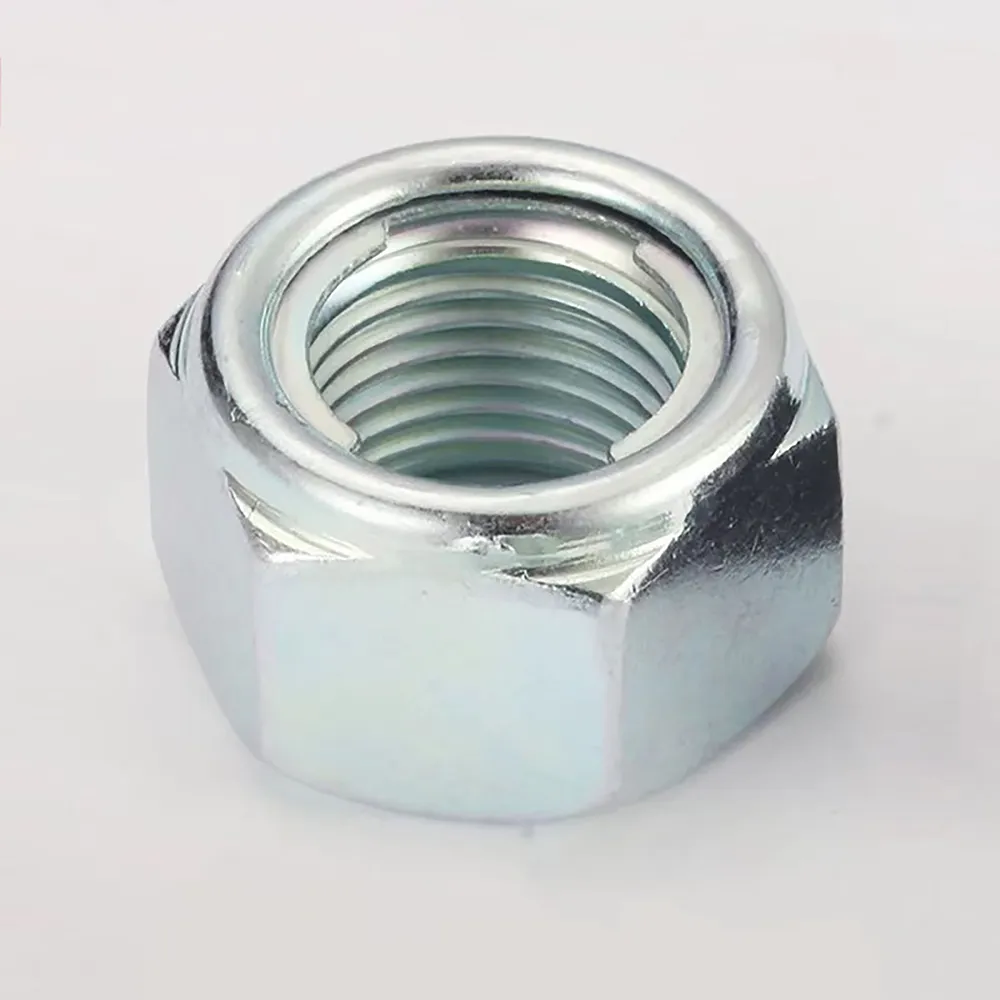
Quick install tips (learned the hard way)
- Always run prevailing torque checks: first and fifth removal per ISO 2320.
- Match nut grade to bolt grade; don’t under‑spec on Class 10.9/12.9 joints.
- Lubrication and coating matter—torque‑tension scatter can double otherwise.
- Reuse is fine within spec, but log cycles; retire when torque drops below spec.
Standards and documentation
Look for ISO 2320 and DIN 267‑15 compliance on test reports, plus mechanical per ISO 898‑2 / SAE J995 / ASTM A563. For automotive, PPAP + IMDS; for rail, EN 15048 context; aerospace buyers often ask for NASM specs.
Authoritative references
Who We Are: The Right Fastener Partner for Global SMEs
Handan Boen Fastener Manufacturing Co., Ltd. (Est. 2010) specializes in producing standardized industrial fasteners, including bolts, nuts, washers, and other essential components. We provide cost-effective for small and medium-sized buyers in industries such as automotive parts, agricultural machinery, and construction.
